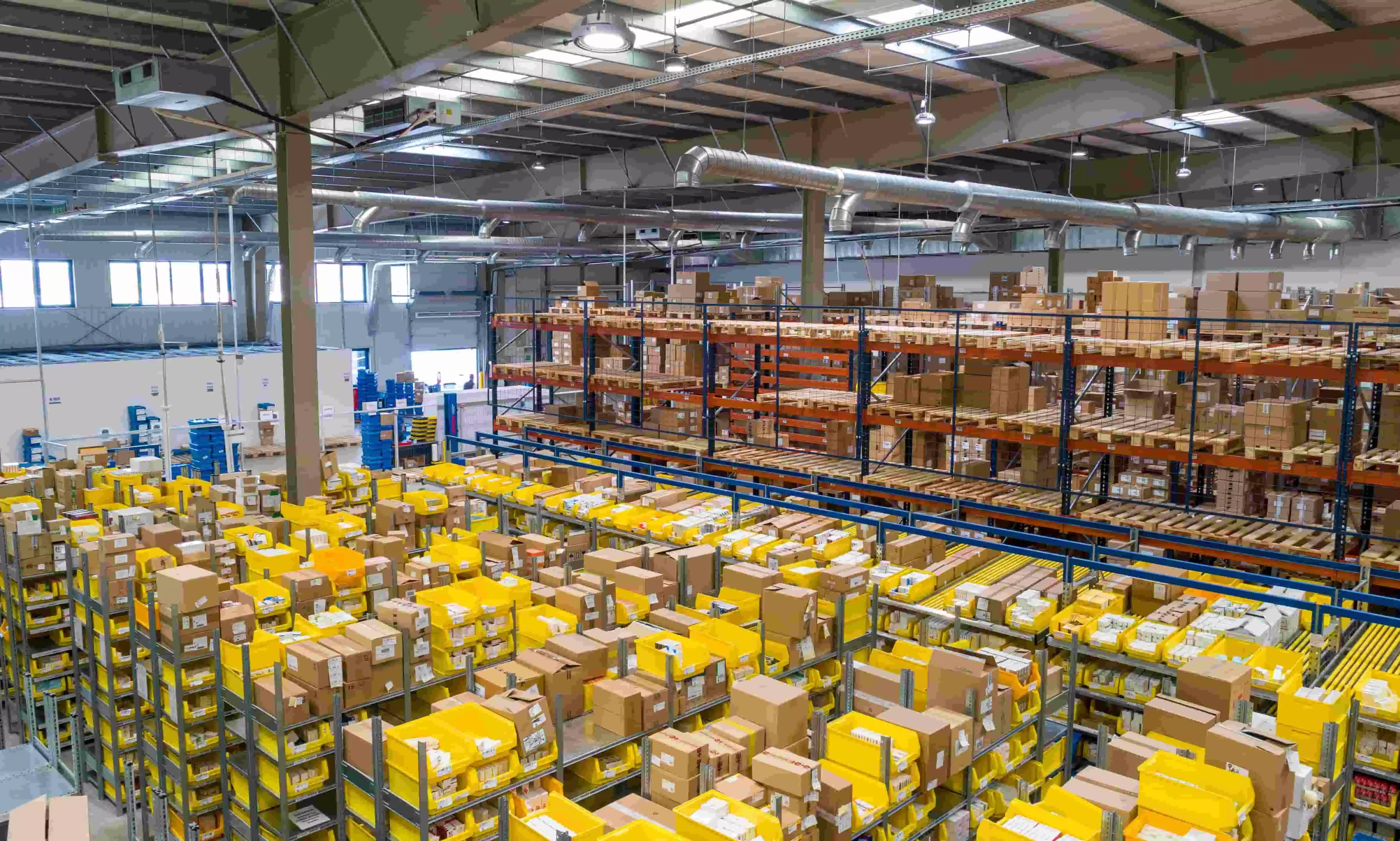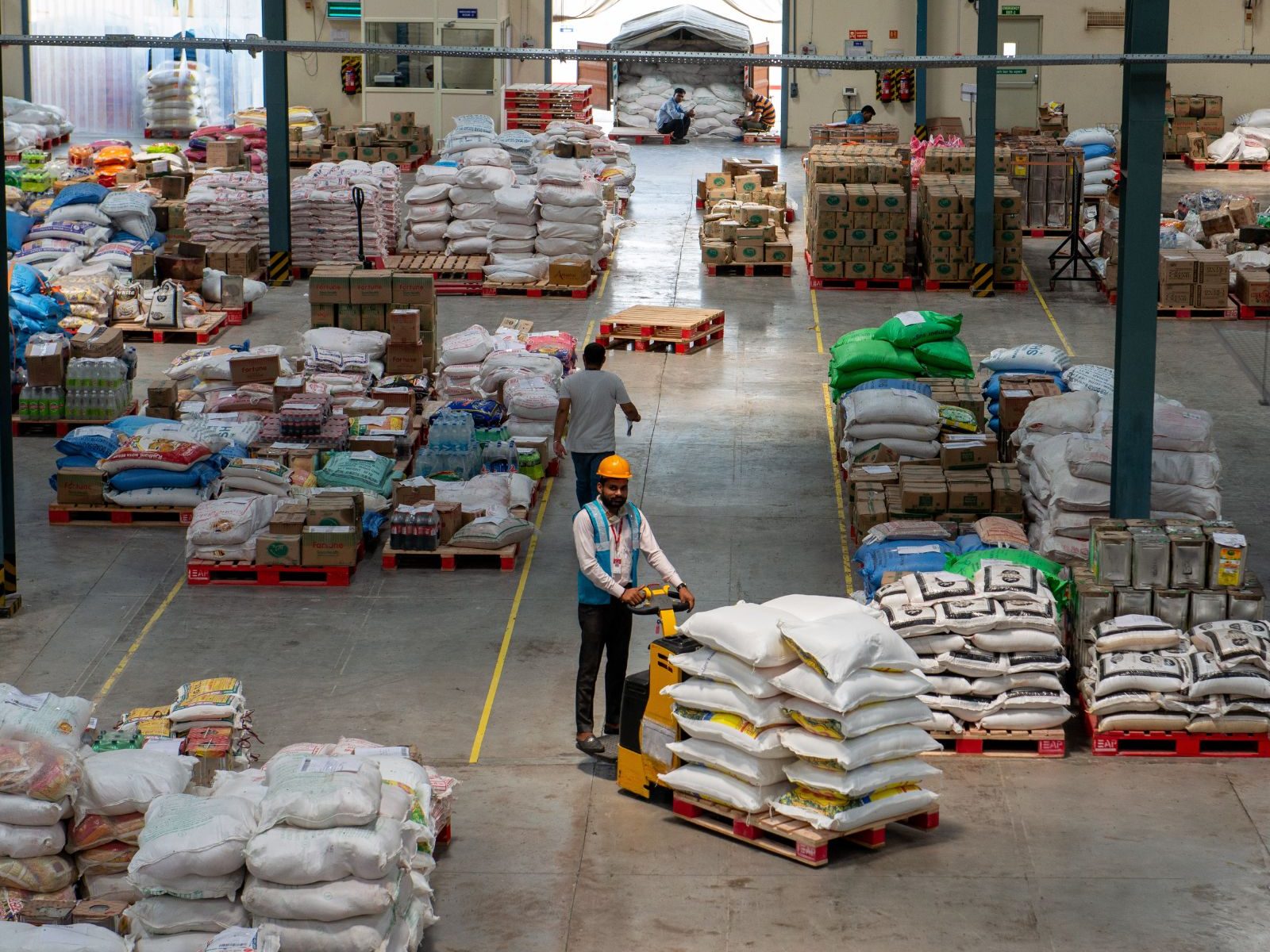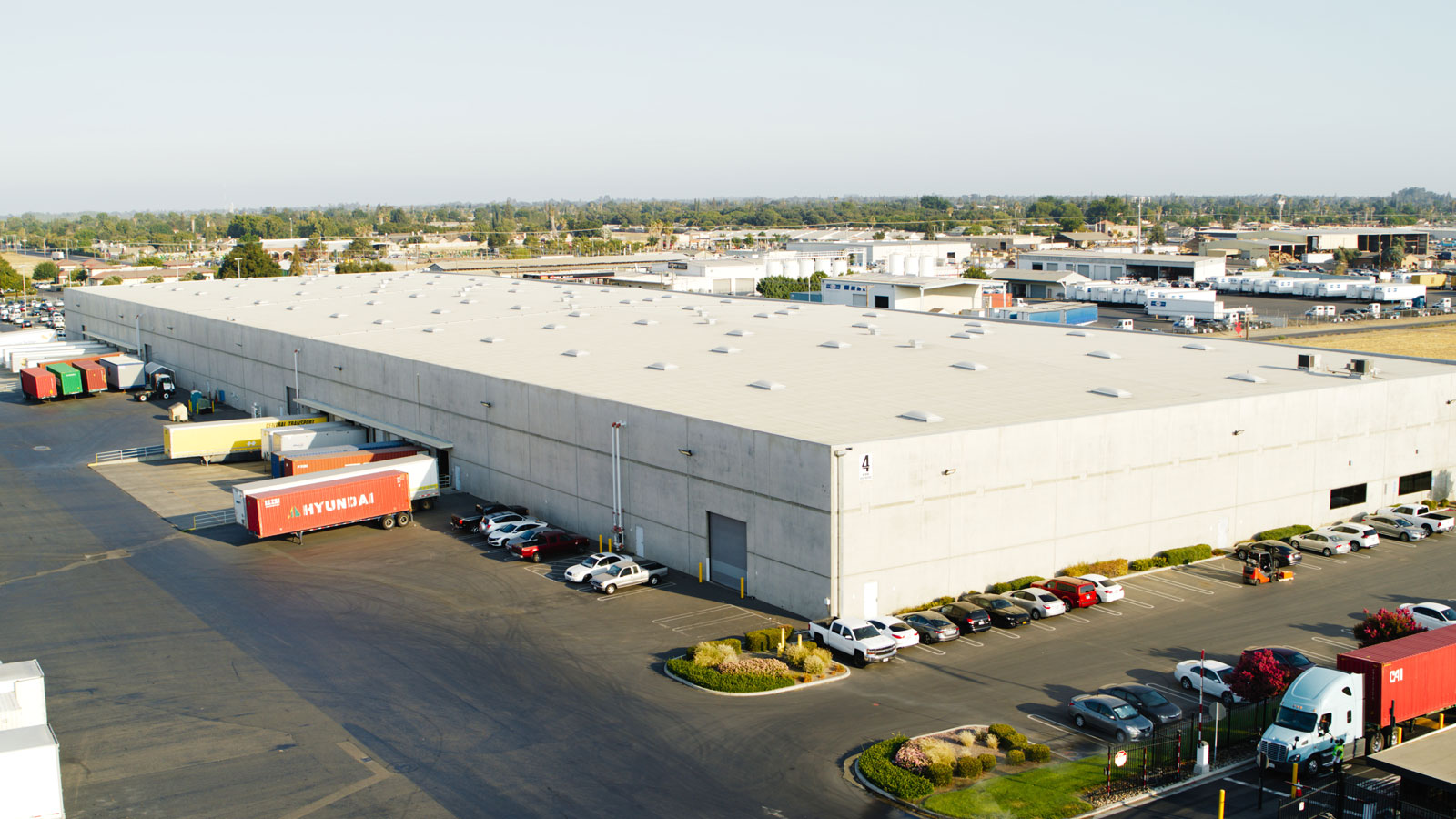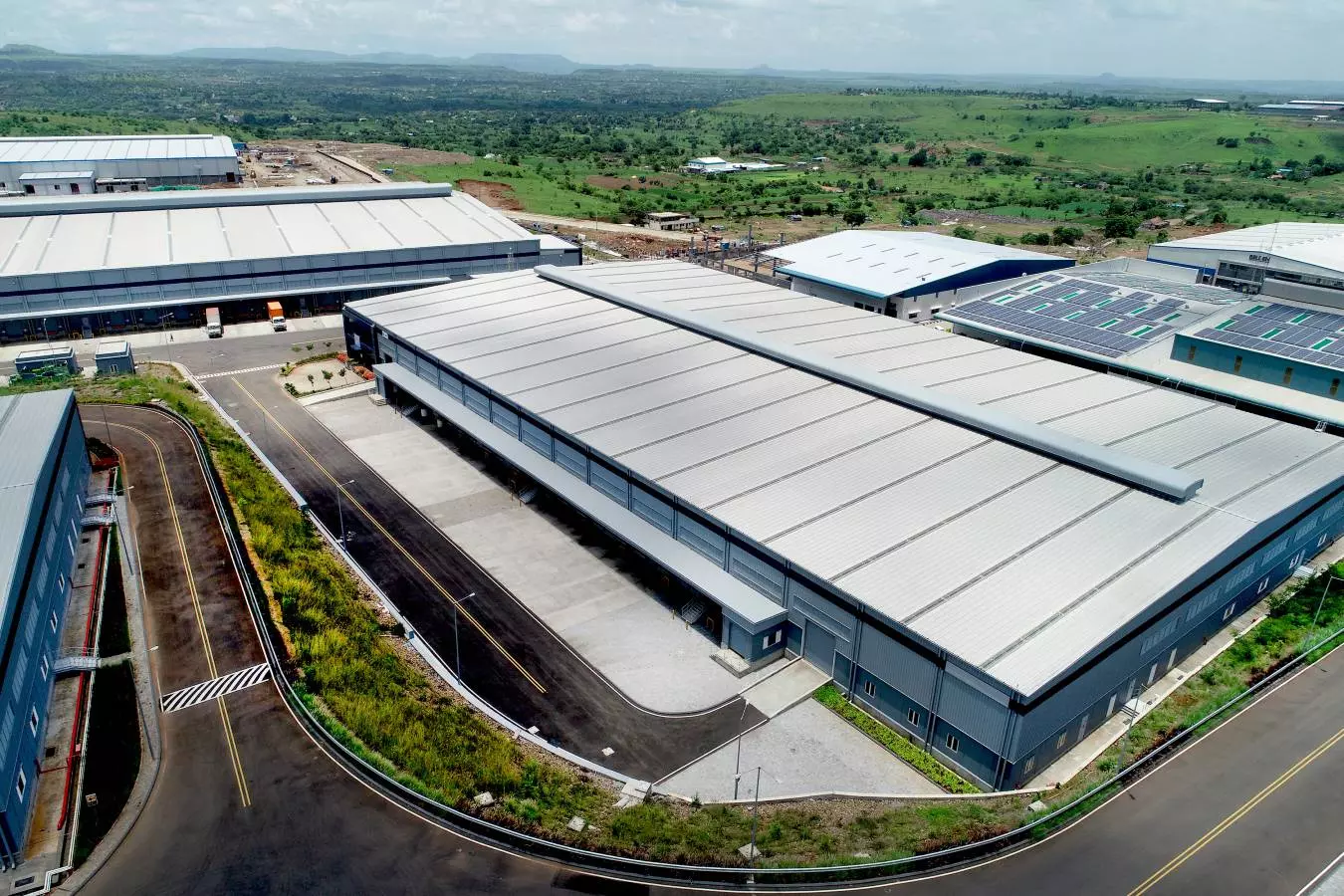Industrial and Warehousing Leasing Declines by 4% in Top 5 Cities from Jan-Sept

Industrial and Warehousing Leasing Declines by 4% in Top 5 Cities from Jan-Sept
The industrial and warehousing sector plays a pivotal role in any country’s economy, serving as a critical link between manufacturers, distributors, and consumers. In recent years, India has witnessed a significant surge in demand for industrial and warehousing spaces due to the growth of e-commerce, manufacturing, and logistics sectors.
However, in a surprising turn of events, data from January to September in the top five Indian cities reveals a 4% decline in industrial and warehousing leasing activity.

Industrial and warehouse demand in the top five cities decreased by 4% from 18 million square feet a year earlier to 17.2 million square feet of gross leasing in the first three quarters of 2023.
Leasing activity increased up in Q3 of 2023, with a 55% q-o-q rise, despite a somewhat slower growth during H1 of 2023.Pune, which often leads the pack—Delhi-NCR—led the demand over the nine-month period with a 24% share, closely followed by Mumbai at 23%.
The increase in lease levels for the FMCG industry is mostly related to an increase in consumption during the previous two quarters, which is projected to continue in the forthcoming holiday season.
Large acquisitions (100,000 square feet or more) accounted for around 72% of the demand during YTD 2023. 3PL providers maintained to hold the lion’s share of these bigger transactions, followed by FMCG and automakers. Over the top five cities, Mumbai and Chennai accounted for the majority of large-scale agreements.
The top five Indian cities—Mumbai, Delhi-NCR (National Capital Region), Bangalore, Chennai, and Pune—are known for their thriving industrial and warehousing sectors.
These cities have consistently attracted investments in logistics and manufacturing due to their strategic locations, excellent connectivity, and proximity to major consumer markets.
The COVID-19 pandemic disrupted supply chains and forced businesses to reassess their warehousing and distribution strategies. The initial lockdowns and restrictions slowed down industrial activity, leading to a temporary drop in demand for warehousing space.
Companies are increasingly focusing on optimizing their supply chains to reduce costs and improve efficiency. This has led to a consolidation of warehouses and a reevaluation of lease agreements. Businesses are now looking for larger, more centrally located facilities to serve multiple regions, resulting in a slower pace of new leasing.

e-commerce continues to grow in India, it is also maturing. Major players are investing in advanced technology and automation, allowing them to make more efficient use of their existing warehouse spaces rather than expanding into new ones.
Land availability for industrial and warehousing purposes can be a significant constraint, especially in densely populated cities like Mumbai and Delhi. Additionally, bureaucratic hurdles and approval delays can slow down the development of new industrial parks and warehouses.
The economic uncertainty caused by the pandemic and other global factors may have made some businesses more cautious about committing to long-term leasing agreements. They might be adopting a wait-and-watch approach, expecting greater clarity before expanding their operations.

Real estate developers specializing in industrial and warehousing spaces may face challenges in filling their vacant properties. This could lead to increased competition, lower rental rates, and potentially delayed project completions.
While the decline in leasing activity may be temporary, it has underscored the importance of building resilient supply chains. Businesses are likely to invest in supply chain optimization and automation to reduce reliance on large warehousing spaces.
Governments at the state and central levels must focus on improving infrastructure, including roads, railways, and ports, to facilitate smoother movement of goods. Additionally, streamlining regulatory processes for land acquisition and approvals can help attract more investments in industrial and warehousing sectors.
Despite the short-term dip in leasing activity, India’s industrial and warehousing sector has immense long-term potential. As the economy recovers and businesses adapt to the changing landscape, demand for modern warehousing spaces is likely to rebound.

The 4% decline in industrial and warehousing leasing in India’s top five cities during January to September is a complex issue with multiple factors at play.
While it reflects the short-term challenges faced by the sector, it also highlights the need for resilience, adaptability, and policy support.
As India continues to grow as a manufacturing and logistics hub, stakeholders in the industrial and warehousing sector must stay attuned to evolving market dynamics and seize opportunities for future growth and development.





